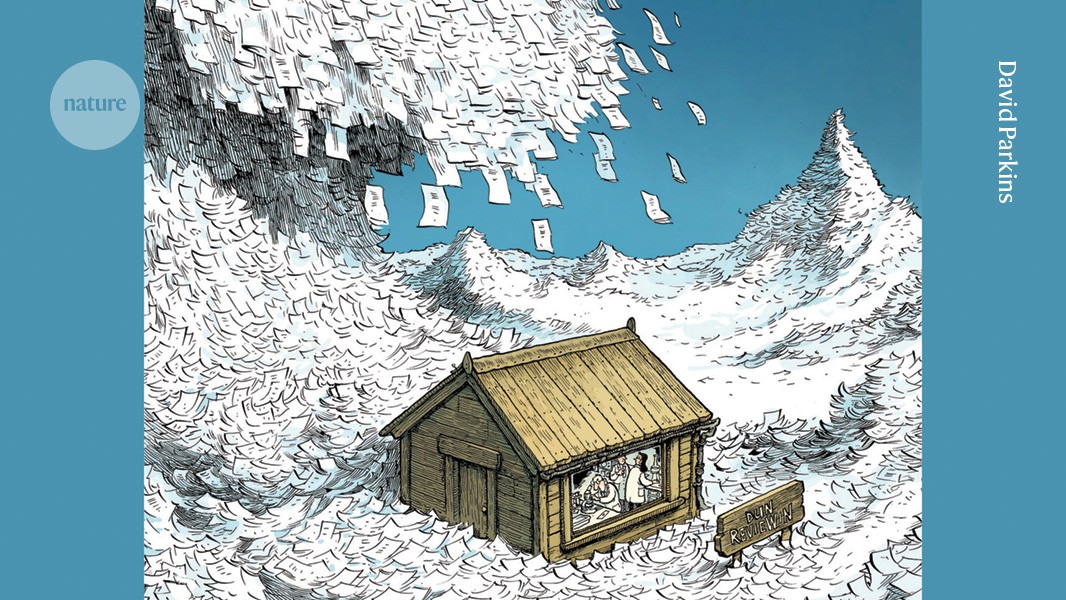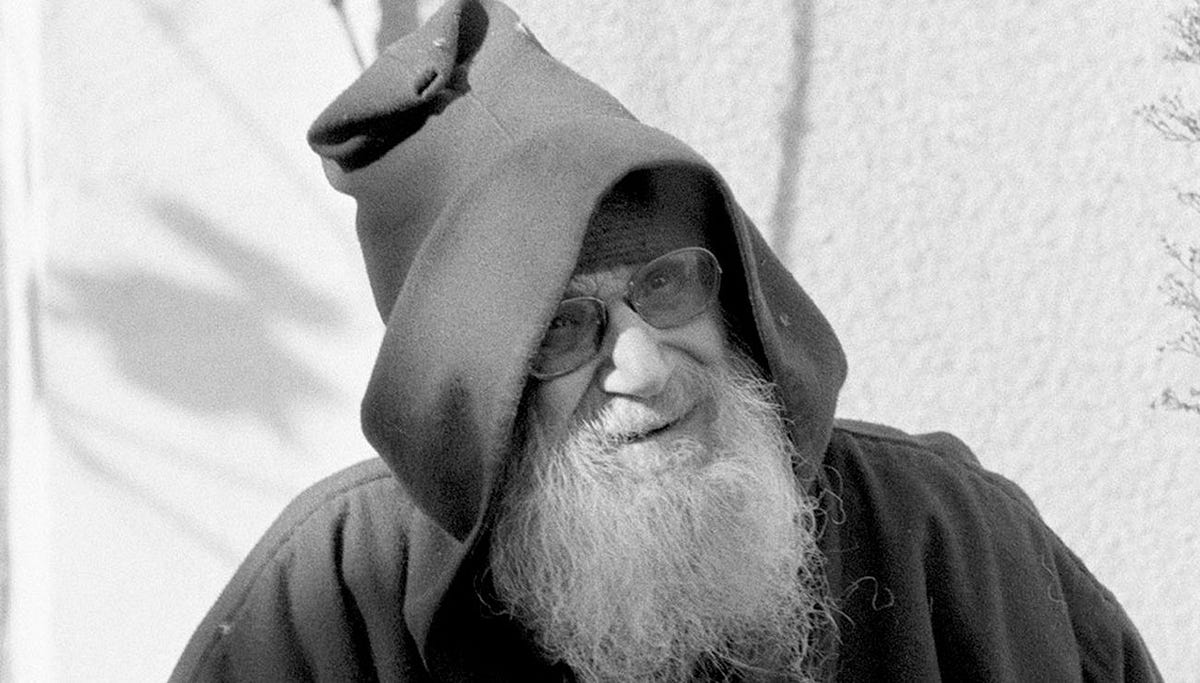
The peer-review crisis: how to fix an overloaded system
Search author on: PubMed Google Scholar
Attached to the Very Large Telescope in Chile, the Multi Unit Spectroscopic Explorer (MUSE) allows researchers to probe the most distant galaxies. It’s a popular instrument: for its next observing session, from October to April, scientists have applied for more than 3,000 hours of observation time. That’s a problem. Even though it’s dubbed a cosmic time machine, not even MUSE can squeeze 379 nights of work into just seven months.
The European Southern Observatory (ESO), which runs the Chile telescope, usually asks panels of experts to select the worthiest proposals. But as the number of requests has soared, so has the burden on the scientists asked to grade them.
“The load was simply unbearable,” says astronomer Nando Patat at ESO’s Observing Programmes Office in Garching, Germany. So, in 2022, ESO passed the work back to the applicants. Teams that want observing time must also assess related applications from rival groups.














